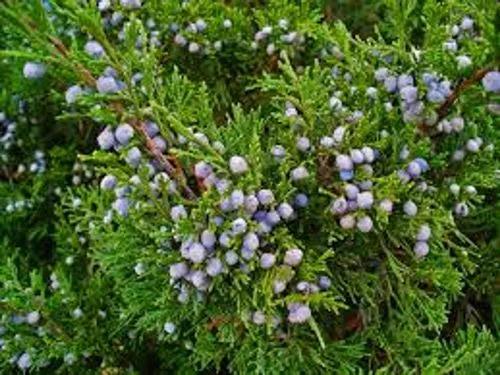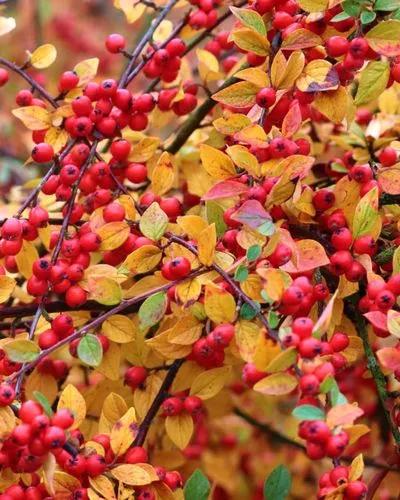Bearberry (Arctostaphylos uva-ursi) is a low-growing ground cover that usually tops out between 6 and 12 inches. The flexible stems sport teardrop-shaped, leathery leaves in dark green. You’ll find a small amount of white or pale pink waxy flowers between March and June. Bearberry grows groups of cherry red berries that measure just under ½ inch across. A lot of wildlife will eat these berries, but the plant gets its name because bears absolutely love them.
Bear-grape Care
Arctostaphylos Uva-ursi
Other names: Bearberry, Common Bearberry, Kinninnick, Kinnikinnick, Pinemat Manzanita, Creeping Manzanita



How to Care for the Plant

Water

Once established, bearberry care is minimal with exceptional to occasional watering.

Pruning

No pruning needed

Fertilizer

Plants should not be fertilized.

Sunlight

Plant it in full sun or partial shade, in spots where it will have space to spread.

Soil

It thrives on soil poor in nutrients and sandy soil that has a hard time supporting other ground covers.

Temperature

Best grown in USDA Zones 2-6 (7). Grows poorly in hot and humid summer climates, and is not recommended for planting in most areas south of USDA Zone 7.

Popularity

365 people already have this plant 77 people have added this plant to their wishlists
Discover more plants with the list below
Popular articles






